So What, Who Cares (vol 3, issue 24) Why California's water woes weren't solved with one rainy winter
Hello!
One of my favorite John Mulaney bits is his rumination on Law and Order: SVU and the way Detective Fin Tutuola (played by Ice-T) apparently does not comprehend what it is that motivates the perps. My new favorite bot Twitter account flips that on its head with Detective Tutola explaining all manner of drugs to his coworkers. Here is the tweet from @icetsvu that had me laughing all day yesterday:
Toxicology says he was high on somethin' called Diet Whimpers. It's an anti-depressant for corgis. pic.twitter.com/UHBKmvjWm1
— Detective Fin (@icetsvu) April 18, 2017
Diet Whimpers.
*
Let the rivers run? The California drought is over, thanks to a flood of atmospheric rivers. These narrow bands of water vapor move with the swirling currents of the weather, and when they make landfall, it usually rains or snows. According to the Center for Western Weather and Water Extremes at Scripps Institution of Oceanography, there were 45 separate atmospheric rivers making landfall on the U.S. west coast in 202 days (from October 1, 2016 to March 31, 2017). The current water year -- October 1, 2016-September 30, 2017 -- is the wettest on record.
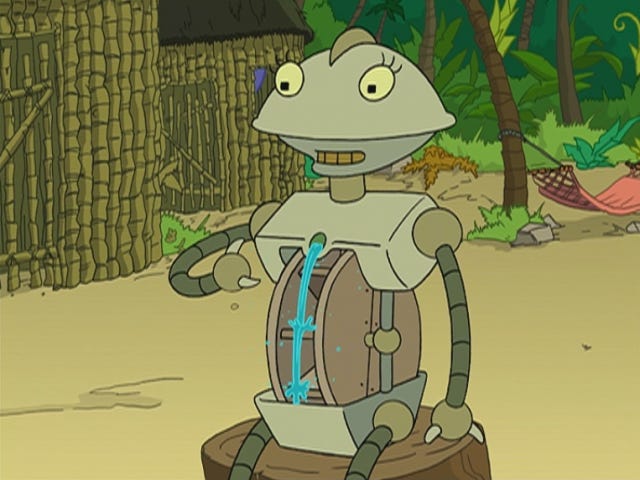
But one rainy season won't wash away a raft of rules. The State Water Resources Control Board still prohibits people from watering their lawns for 48 hours after it rains. Municipal water districts have to report to the state water board how much water they're using. The Sustainable Groundwater Management Act of 2014 will require areas with severely overdrawn groundwater to make the supply back up in by 2020 -- so some farmland will doubtlessly go out of production. And people have gotten used to lawn-free lives.
So what? This kind of winter -- while good for smashing water records -- is not great for California's longer term water history, for two reasons. First, because all the rain California gets in the cooler months (generally November through April) has to last all year, having an abundant snowpack means melting and runoff to get through the warmer months. Second, because California's current water storage infrastructure is underfunded, undermaintained, and not capable of storing more water. Atmospheric rivers dump a lot of water as rain -- meaning that snowpacks melt earlier, more water runs off that could have been stored instead, and the state's not holding on to water it may need when the dry years come again.
Who cares? Californians do. And it's not just the folks who are hoping people will stop narcing on them for watering their lawns.
Two big constituencies have been battling over water policy for decades -- farmers and fishermen -- and the drought has armed them both with new resolve.
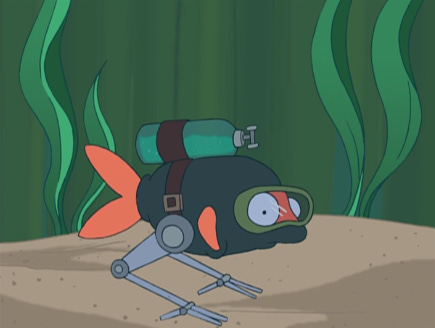
For fishermen, 2017's salmon season is going to be a disaster. Warm water has been killing off chinook eggs for years -- and that's not even the worse of the salmon's problems. Salmon rely on being able to swim up rivers to spawn, and the young smolts rely on being able to swim down rivers to get to the sea. Rivers had dried up in California, and while the state tried trucking 12 million teen salmon to the Pacific Ocean, it hasn't been enough to provide an abundance of mature fish. The commercial fishing implications are devastating. So are the cultural ones. For native American tribes in the northwest, there is almost no fishing on the river, something Yurok, Hoopa Valley and Karuk tribes call "the very core of who we are and the core of what we do."
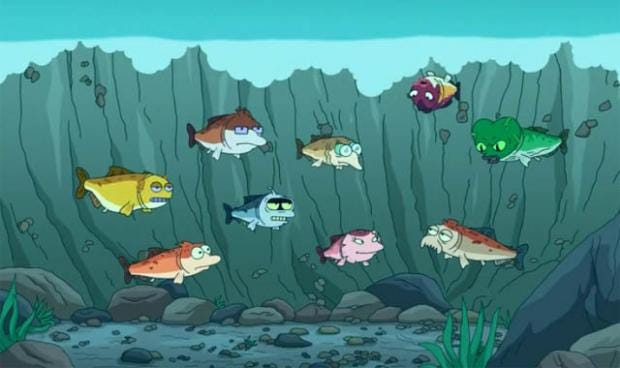
The tribal fishermen in California's northwest are fighting to remove four hydroelectric dams on the Klamath river, as that would improve salmon migration. It would also reduce a source of irrigation for some farmers. The original deal to remove the dams -- hailed as a "landmark collaboration" between environmentalists, ranchers, tribes, fishermen and farmers -- required Congressional approval. Congress preferred to let the deal expire. However, federal officials, state officials in California and Oregon, and dam owner PacifiCorp announced plans to move forward without Congressional consent.
Farmers have their own concerns: Their water use invited intense scrutiny from the media (remember the great almond-growing debates of 2015?), angry community members, and California policymakers, so even as they lost billions of dollars due to drought-fallowed lands and groundwater pumping expenses, people eyed the stat that agriculture takes up 80% of all of California's "developed" water (i.e. water not dedicated to environmental purposes) and muttered about whether or not that was fair.
There's also some intra-ag tussling. Thanks to a rider on the Water Resources Development Act of 2016, the Bay Delta's waters could be pumped out to the legally allowable maximum level -- a move that's great for industrial agriculture in California's south and disastrous for smaller farms in the Delta region around Sacramento.
(This rider also affects commercial fishermen, as the proposed Bay Delta pumping could decimate fish populations, thus wrecking the west coast's $1.4 billion commercial salmon industry and thousands of other fishing jobs in California. So the fisherman have it coming from all sides.)
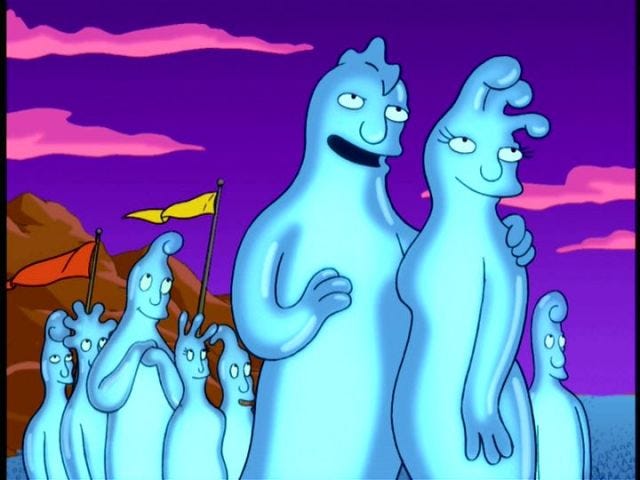
Infrastructure nerds are going to be concerned because it's not like everyone looked at the Oroville Dam crisis of February 2017, then ran a social media campaign to raise the $60 billion needed to repair America's aging dams and other infrastructure. On the plus side, California voters approved $7.5 billion to fund new reservoirs and stormwater capture efforts. So only $62.5 billion to go, America!
And finally, anyone who lived through the drought -- exacerbated by shifts in historic climate patterns -- should be worried about the next winter. The oceans aren't the only planetary water sources heating up. Atmospheric rivers are too. That means more rain, less snowpack -- and a looming question of what to do about storing enough water for the dry spells when we don't have the infrastructure to hold it all.
*
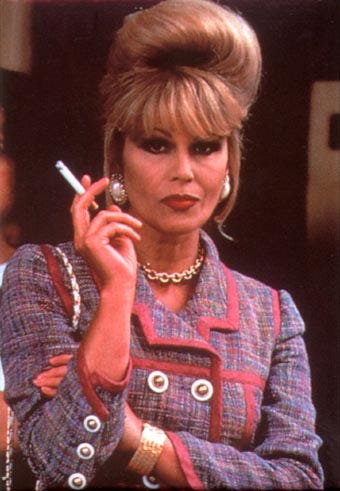
Your pop culture recommendation for the day: I'm not a huge fan of the house of Chanel, mostly because Karl Lagerfeld's design aesthetic doesn't resonate with me. This is odd: the Venn diagram of things we both like -- cats, stylish black sunglasses, the strategic deployment of hand fans -- has a lot of overlap. Yet his interpretation of the Chanel vocabulary is the first Chanel I was introduced to, I permanently associate it with an aesthetic best described as "Patsy Stone," and it leaves me unmoved.
I'm also not a huge fan of Coco Chanel as a person, mostly because the Venn diagram of things we both like -- breton-striped jerseys, bobbed hair, under-accessorizing -- is blotted out by the one area in which we violently differ: COLLABORATING WITH NAZIS.
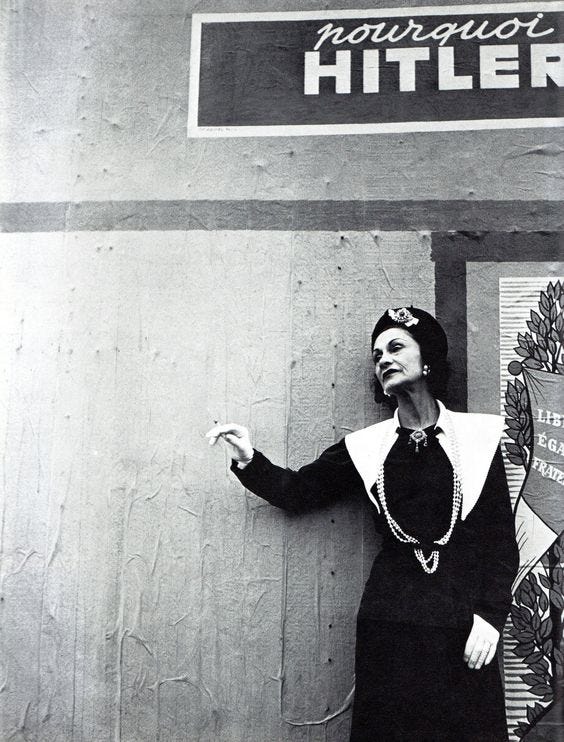
So I can't explain exactly why I read Karen Karbo's The Gospel According to Coco Chanel: Life Lessons from the World's Most Elegant Woman, as "advance the Nazi agenda" is not a lesson I wish to assimilate into my array of charms.
Nevertheless, I read The Gospel According ... and enjoyed it, mostly because Karbo is an entertaining writer who doesn't let a good punchline get in the way of making an even better point. Her authorial voice reminds me of another writer who has mastered the enviable skill of being simultaneously hilarious and incisive: Jennifer Wright, whose It Ended Badly: Thirteen of the Worst Breakups in History had me in tears of laughter during the Henry II/Eleanor of Aquitaine chapter.
ANYWAY. The real reason to read The Gospel According... is because Karbo slips in a lot of great, practical observations about women, money and choices, and really solid financial advice goes down much easier when it's wrapped in anecdotes about hat shops and pre-Nazi boyfriend choices.
And this past weekend, when I read about Chanel's ex-CEO Maureen Chiquet and what she's doing with her life now, I was amused to think about how the most Chanel-esque thing Chiquet had done was thrive after getting fired from Chanel.
*

